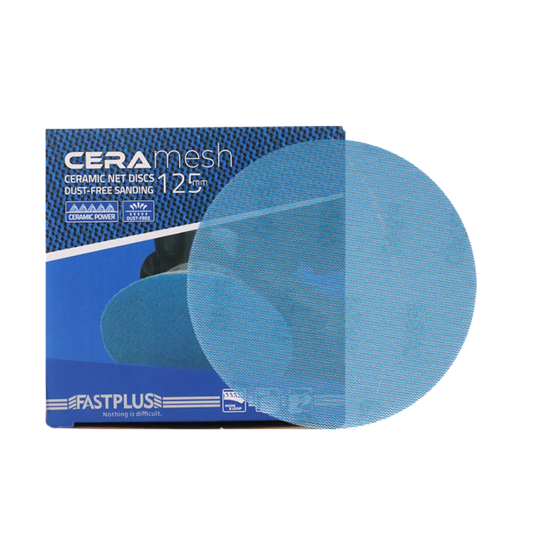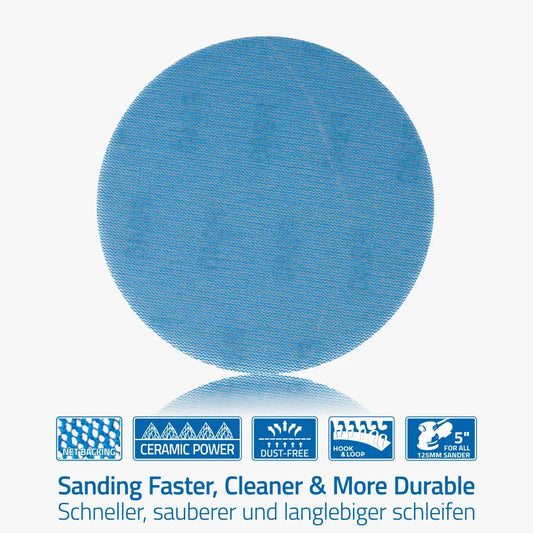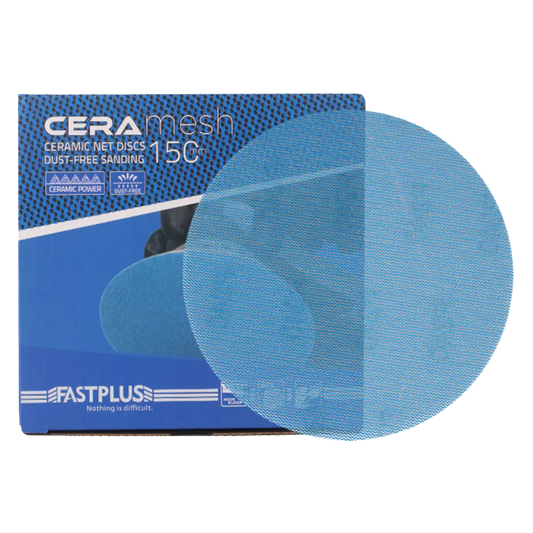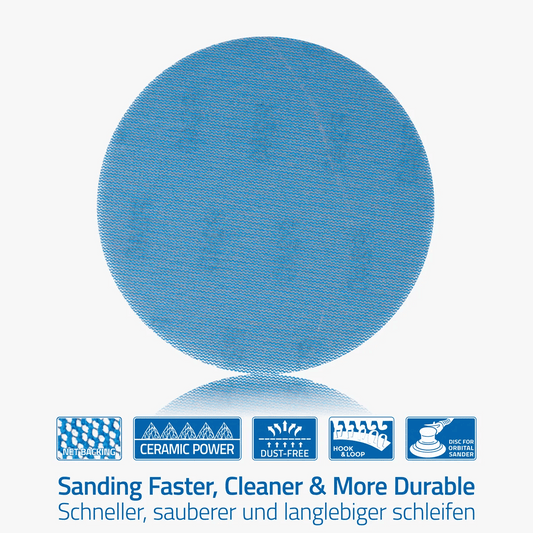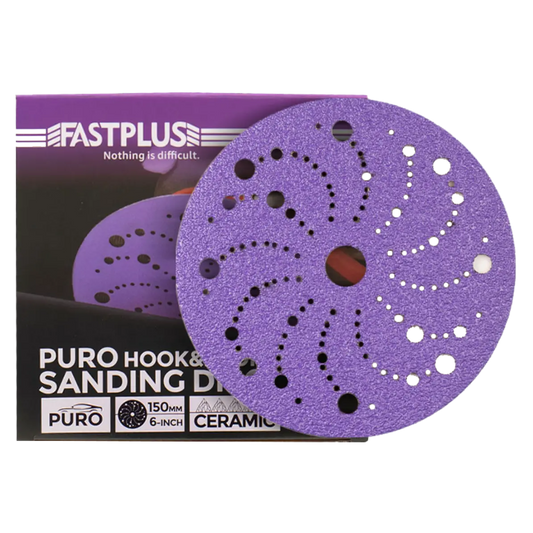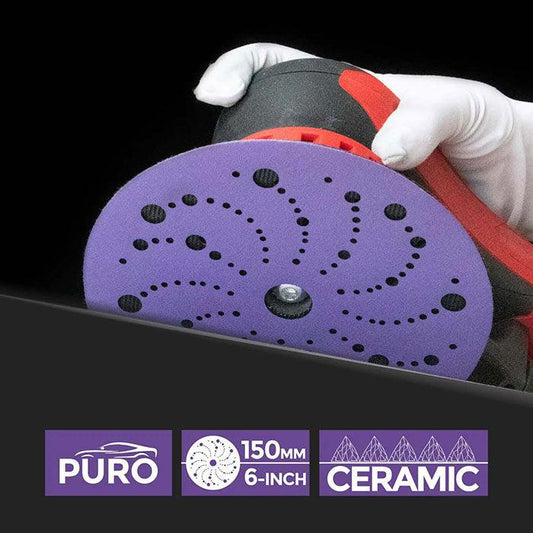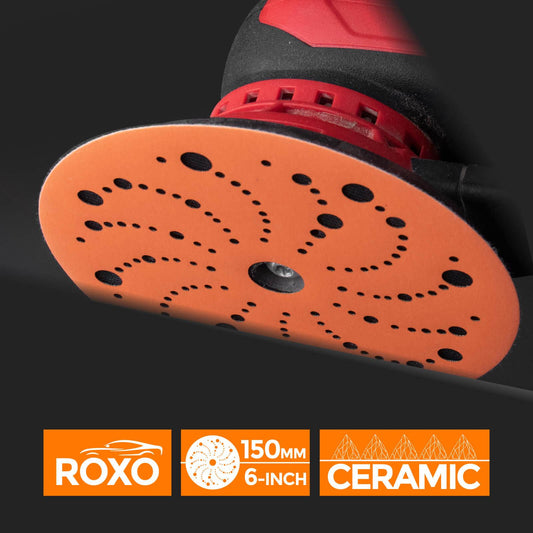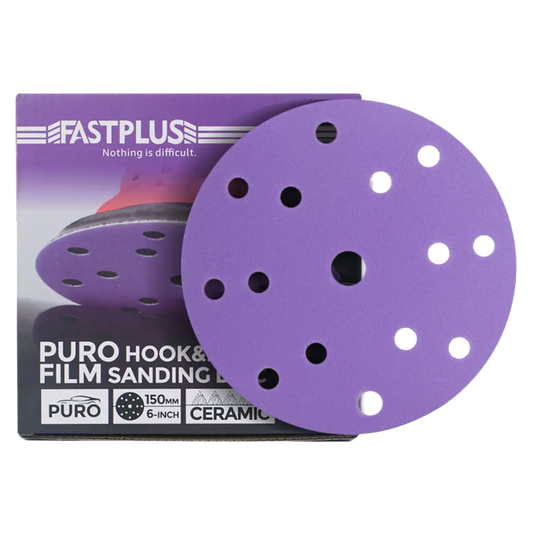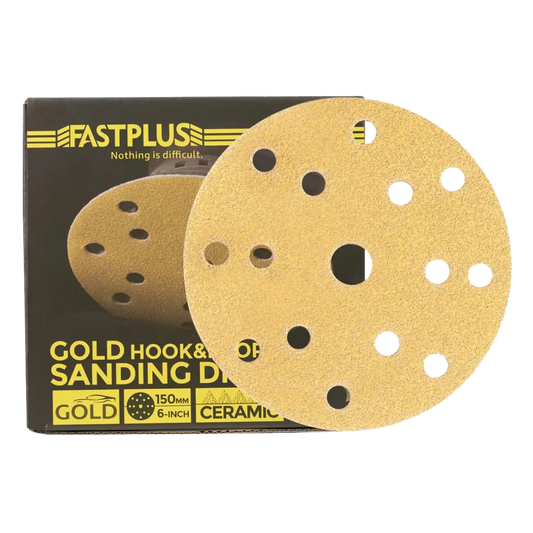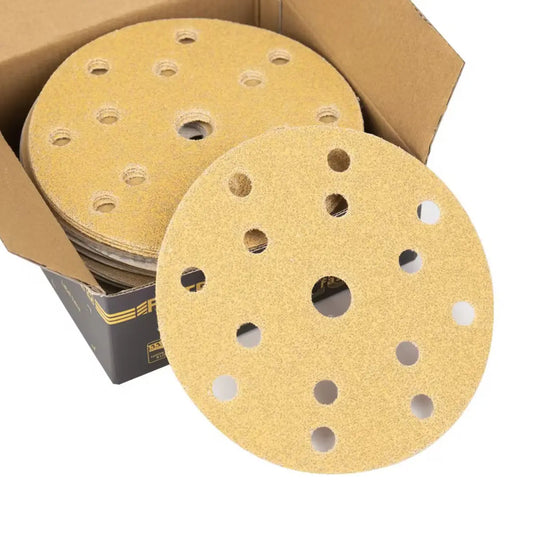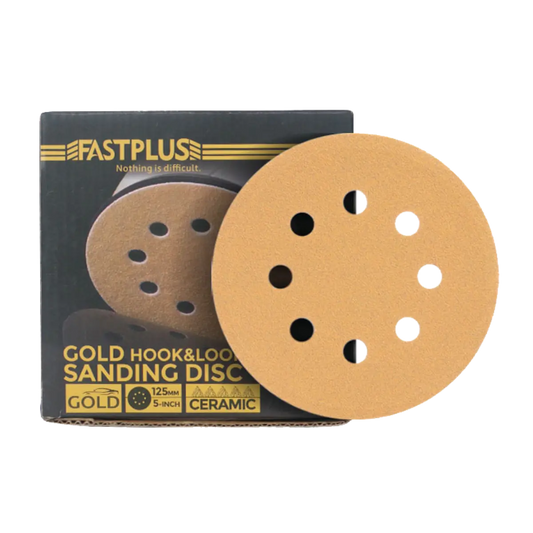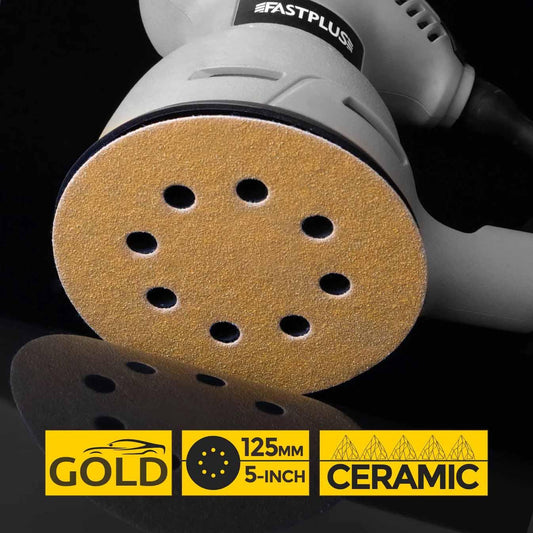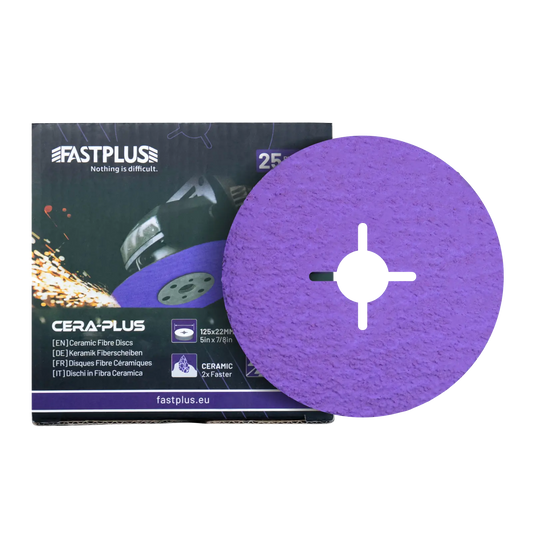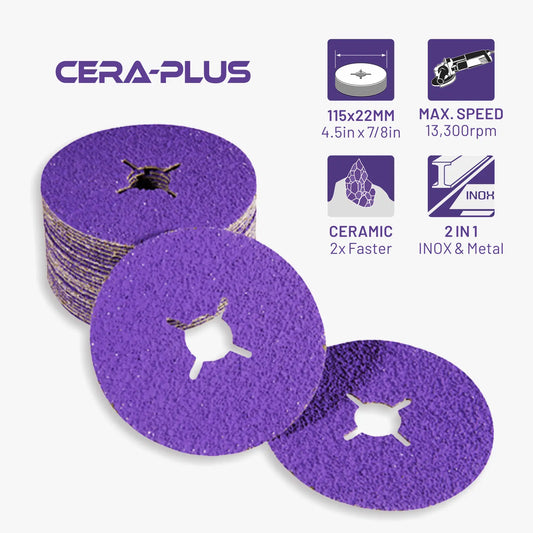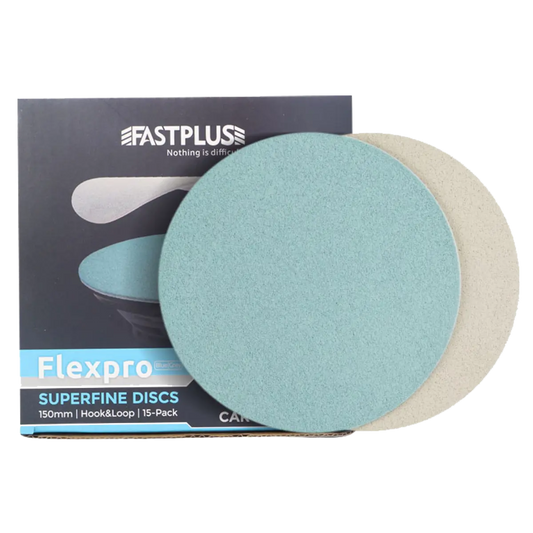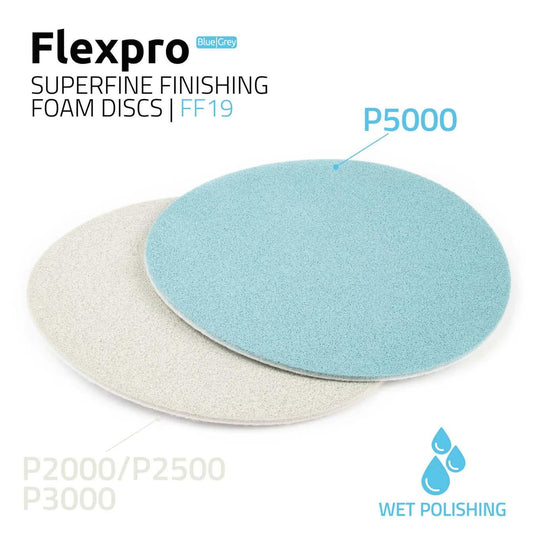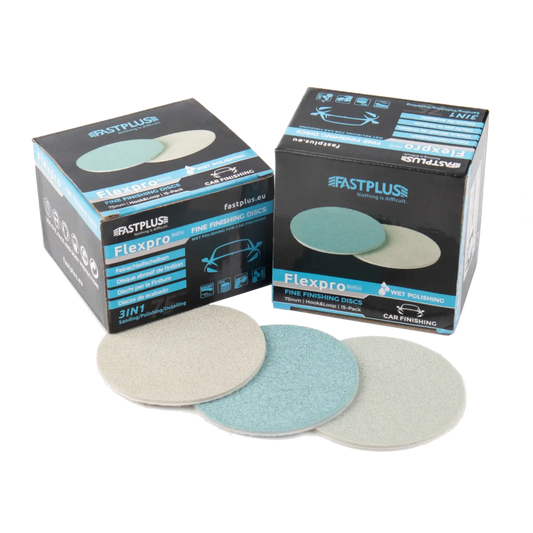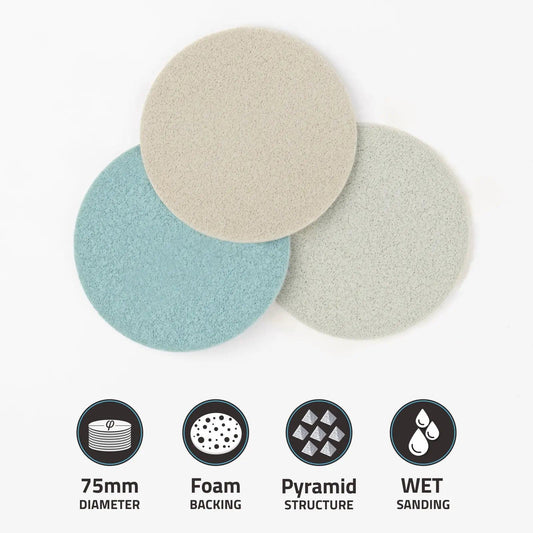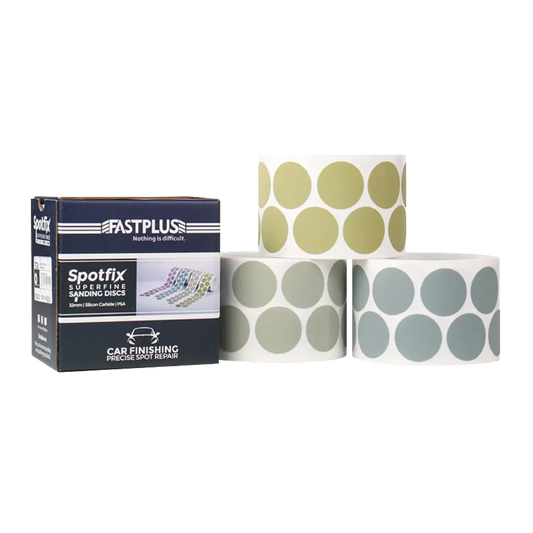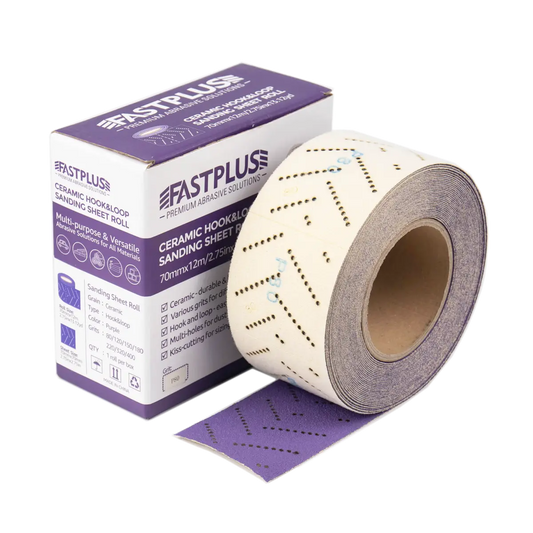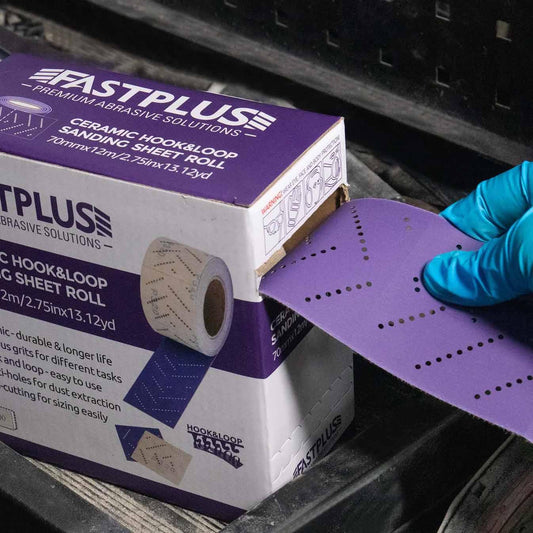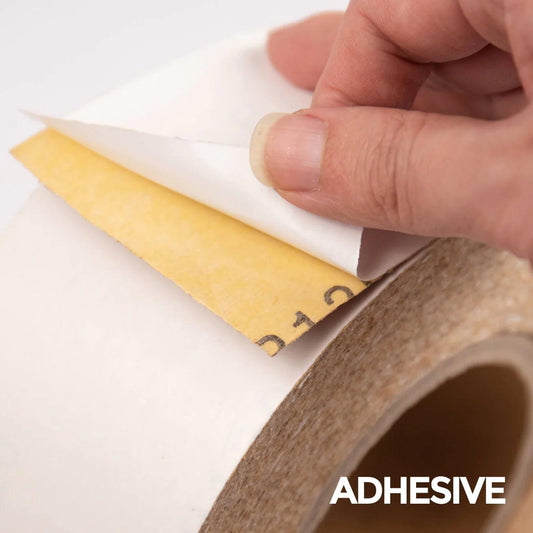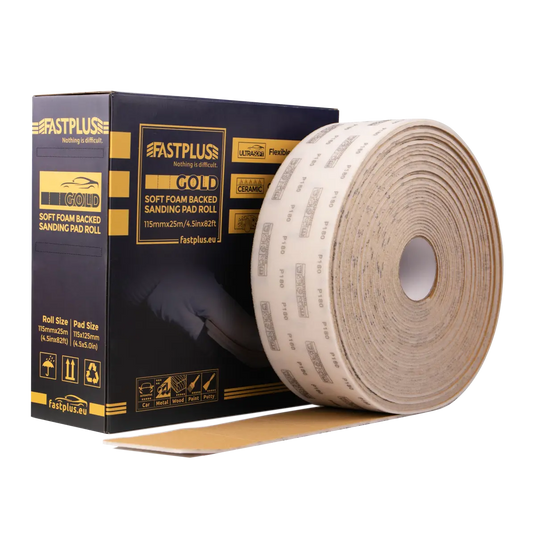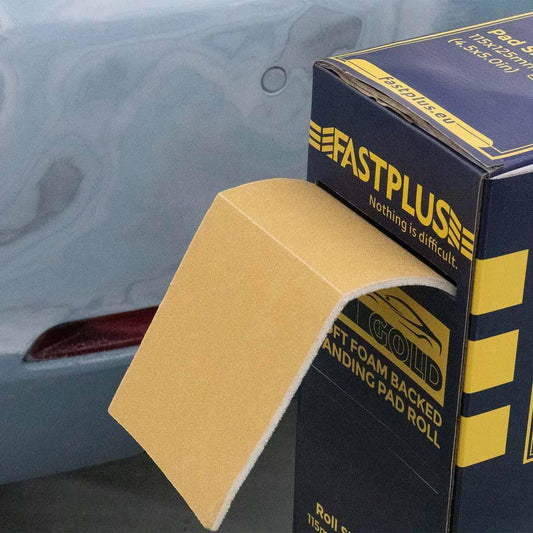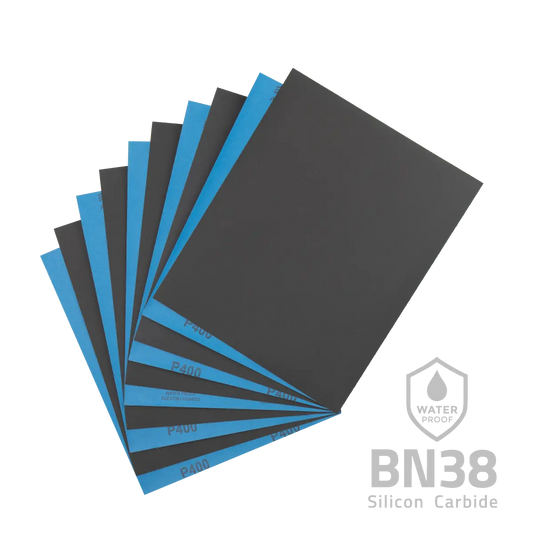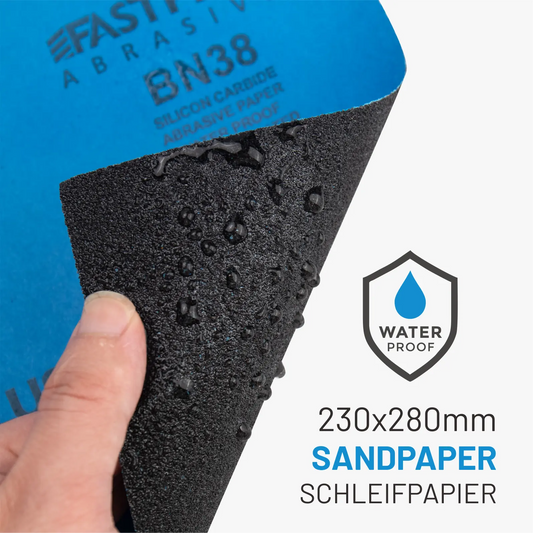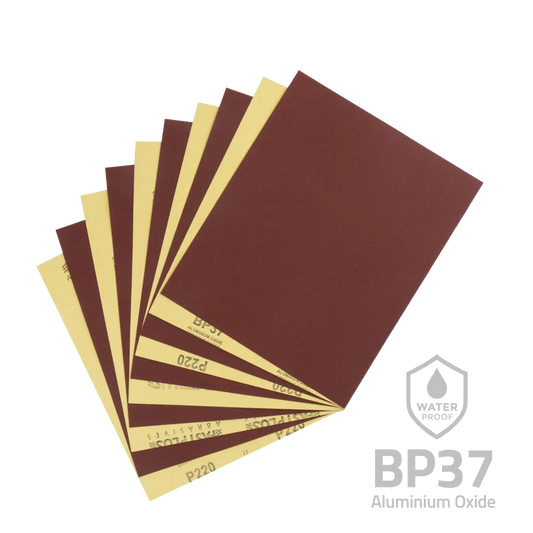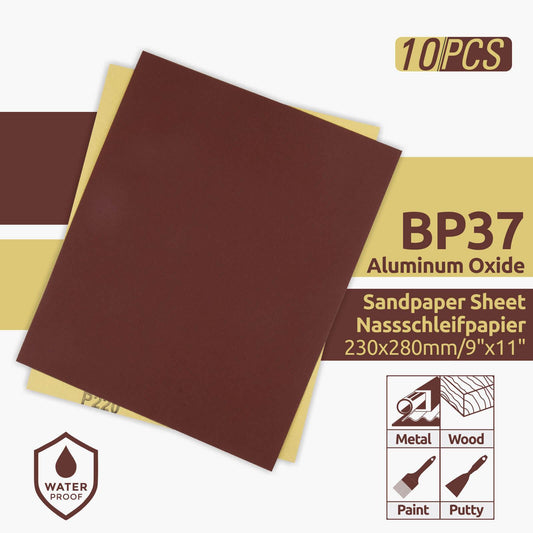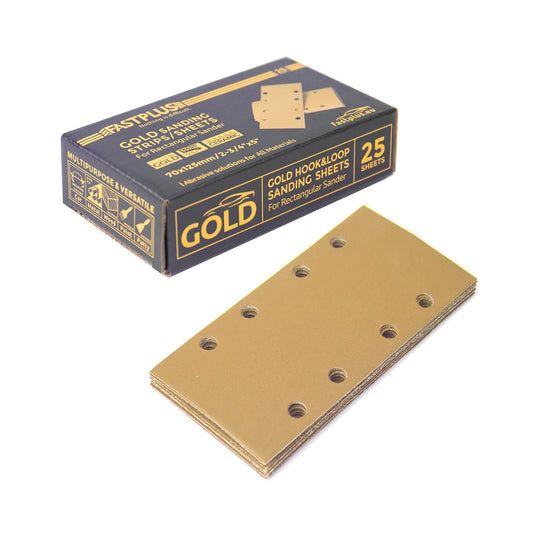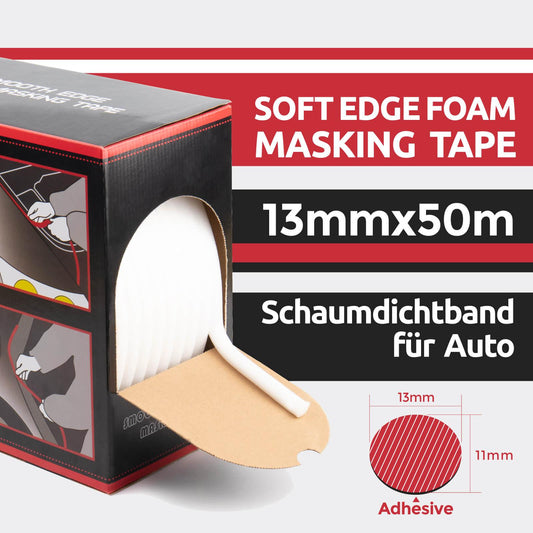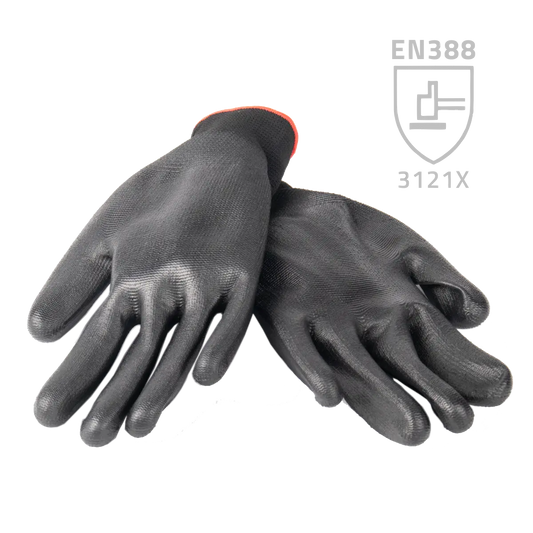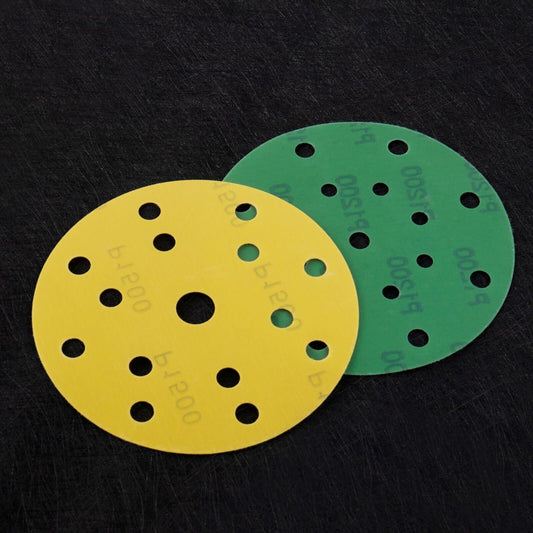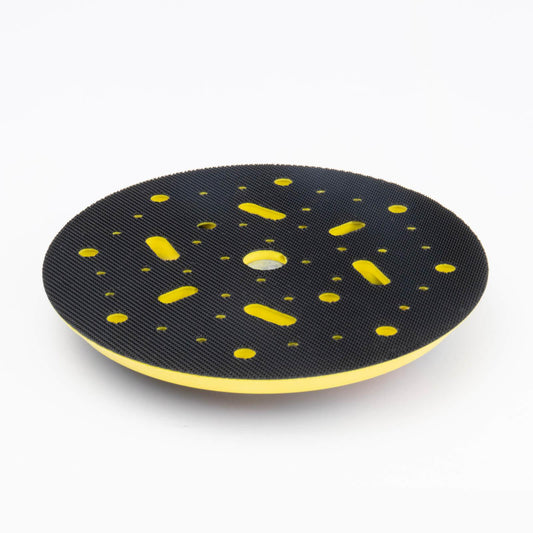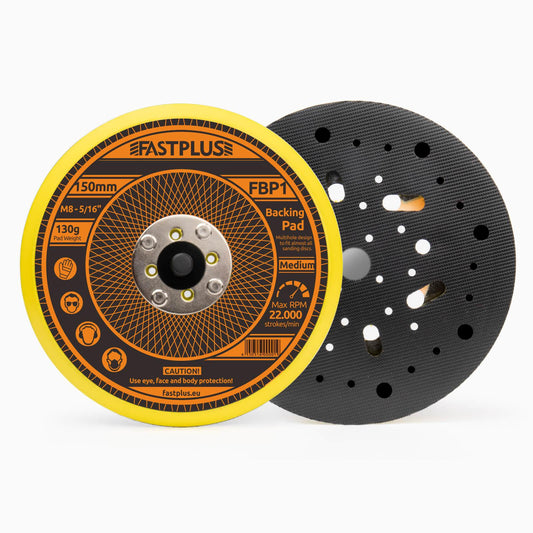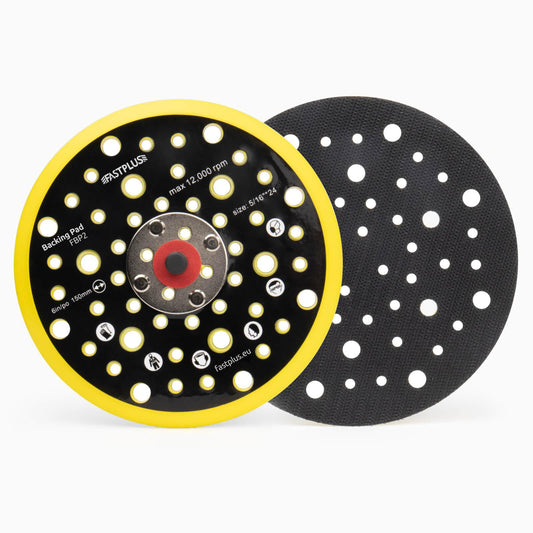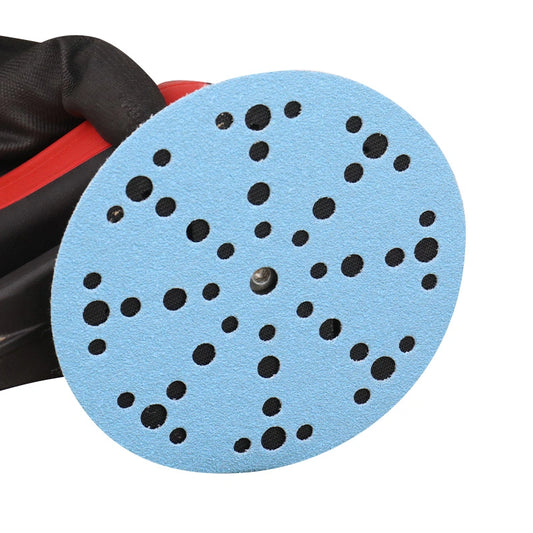
How to Sand Rubber Parts of a Car for a Smooth Finish?
Rubber parts on a car, such as the rubber bumper, are often exposed to the elements and can become faded, scratched, or even cracked over time. Sanding rubber parts of a car is a great way to restore these parts to their former glory and give them a smooth, new finish.
Why Do You Need to Sand the Rubber Parts of Your Car?

- Surface Preparation: Sanding creates a smooth and consistent surface by removing imperfections, contaminants, and irregularities. This ensures proper adhesion for subsequent coatings like primers, paints, and sealants.
- Paint Adhesion: When rubber parts are repainted, sanding promotes better paint adhesion. The slightly roughened surface provides a better grip for paint molecules, leading to a longer-lasting and more even paint finish.
- Optimized Surface for Polishing: Sanding creates an even and consistent surface for polishing processes, allowing the rubber part to be polished to a high gloss finish without any inconsistencies.
- Customization and Restoration: Sanding rubber parts enables customization by providing a clean canvas for paint, color change, or other modifications. It's also a valuable step in restoring older vehicles by rejuvenating weathered rubber components.
- Sealant and Coating Application: For rubber seals and gaskets, sanding creates an optimal surface for sealant or adhesive application, ensuring effective sealing against moisture, air, and contaminants.
What Types of Sandpaper Should Be Used for Rubber Parts?
- Fine Grit Sandpaper (1000-2000 grit): Fine grit sandpaper is suitable for light sanding and polishing, and smoothing out minor imperfections on rubber parts. It is ideal for achieving a smooth surface before applying primer or paint.
- Medium Grit Sandpaper (120-600 grit): Medium grit sandpaper for car scratches can be used for moderate sanding tasks, such as removing scratches, unevenness, or old paint. It provides a balanced approach between smoothing and material removal.
- Wet/Dry Sandpaper: Wet/dry sandpaper is designed to be used with water, which helps reduce friction and prevents overheating during sanding. This type of sandpaper is particularly useful for rubber parts as it minimizes the risk of overheating and material damage.
- Silicon Carbide Sandpaper: Silicon carbide sandpaper is well-suited for sanding rubber parts due to its hardness and ability to cut efficiently while producing a smooth finish. It's a common choice for automotive applications.
Wet Sand or Dry Sand Rubber Parts?
Wet sanding technique is preferred for rubber parts due to its advantages, ensuring optimal results and material integrity. Here's why it's favored:
Heat Reduction and Material Preservation: Rubber is sensitive to heat buildup caused by friction during sanding. Wet sanding utilizes water as a coolant, dissipating heat and preventing overheating of the rubber. This preserves the rubber's structural integrity, minimizing the risk of deformation, melting, or damage that can occur with dry sanding.
Prevention of Clogging and Consistent Abrasion: Sanding produces rubber particles that can block sandpaper, reducing its efficiency. Wet sanding with water prevents particles from adhering, ensuring smoother sanding and less frequent sandpaper changes.
Enhanced Surface Smoothness: Water creates slurry during wet sanding, acting as a cushion to prevent deep scratches. This yields a smoother surface compared to dry sanding.
Minimized Dust and Airborne Particles: Wet sanding produces fewer airborne particles than dry sanding, leading to a cleaner environment and improved respiratory health for workers.
Reduced Risk of Surface Damage: Wet sanding's lubrication prevents unintended damage, making it safer for rubber's structural integrity.
Step-by-Step to Wet Sand Rubber Parts of a Car
1. Clean the Rubber Surface:
Thoroughly clean the rubber part to remove dirt, debris, and grease. A clean surface ensures that sanding is effective and prevents contaminants from causing scratches.
2. Soak the Sandpaper:
Begin by soaking the sandpaper in water for a few minutes.
3. Create a Wet Surface:
Use a spray bottle filled with water or dedicated lubricant to keep both the rubber part and the sandpaper wet.
4. Start Wet Sand:
Start with 320 grit sandpaper to address any imperfections or scratches on the rubber surface. As you progress, switch to finer 600 grit for smoother results.
5. Sand in Straight Strokes:
Hold the sandpaper against a sanding block or sponge. Apply even pressure and sand in straight, back-and-forth strokes. Avoid circular motions, as they can create uneven patterns on the rubber.
6. Wipe and Evaluate:
After sanding with a particular grit, wipe the rubber surface with a clean cloth to remove any residue. Evaluate the progress to determine whether further sanding with finer grits is necessary.
7. Repeat with Finer Grits:
Continue the wet sanding process, progressing to finer 1500 grit. With each round, you should notice an improvement in the surface's smoothness and appearance.
8. Final Polishing:
Transition to ultra fine sandpaper (e.g., 2000) for a final polish. Continue wet sanding until the surface feels exceptionally smooth to the touch.
9. Finish and Clean:
Once you're satisfied with the smoothness of the surface, thoroughly clean the rubber part to remove any sanding residue. Make sure it's completely dry before moving on to additional steps, such as painting or applying a protective coating.
Conclusion
Fastplus Abrasives partners with your restoration journey, providing the tools and expertise to transform rubber surfaces. Embrace the wet sanding approach and unlock the beauty within your rubber parts, ensuring a smooth and enduring finish that stands the test of time.
Buy Fastplus Factory-Direct Abrasives
Want to purchase high-quality, factory-direct sanding discs, sanding sheet rolls, and film abrasive discs for automotive applications? Try Fastplus Abrasives today and place your orders online! 


